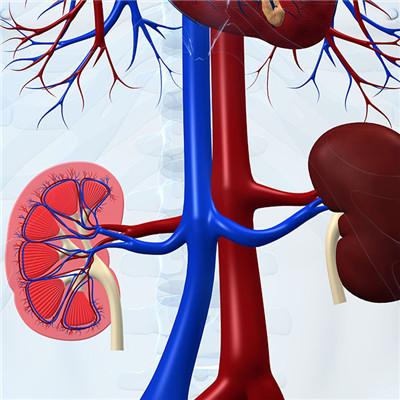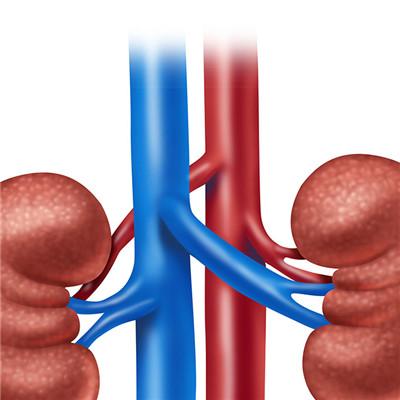What are the complications of galactosemia in children?
summary
Galactosemia is a congenital metabolic disorder caused by galactose-1-phosphate uridyl transferase (gal-1-put) deficiency. After galactose is absorbed, it can only be metabolized by one way, that is, galactose is phosphorylated to galactose-1-phosphate under the catalysis of galactokinase. Let's share my experience with you.
What are the complications of galactosemia in children?
Jaundice and liver enlargement, cirrhosis, ascites, liver failure, bleeding, complicated with Escherichia coli septicemia, growth retardation, mental retardation and so on. Typically, the disease occurs in perinatal period, and the symptoms such as vomiting, refeeding, weight loss and drowsiness often appear several days after feeding milk, followed by jaundice and hepatomegaly.
If we can not diagnose in time and continue to feed milk, it will lead to further deterioration of the disease, ascites, liver failure, bleeding and other end-stage symptoms within 2 to 5 weeks. If slit lamp examination is used, the formation of lens cataract can be found in the early stage of the disease. About 30% ~ 50% of the children were complicated with E. coli septicemia in the first week of the disease, which made the disease more serious.
Most of the children without timely diagnosis and treatment died in the neonatal period. A small number of children may have mild symptoms, only mild digestive tract symptoms after eating milk, but if they continue to use milk food, they will gradually show signs of growth retardation, mental retardation, liver cirrhosis and cataract in infancy.
matters needing attention
The prognosis of children depends on early diagnosis and treatment. Most of the patients died in the neonatal period without proper treatment, with an average life span of about 6 weeks. Even if they survived, they would still have mental retardation in the future. Most of the children with early diagnosis have normal growth and development, but most of them may have learning disabilities, language difficulties or behavioral abnormalities in adulthood. Almost all female children have hypogonadism after aging, and the reason is not clear.















